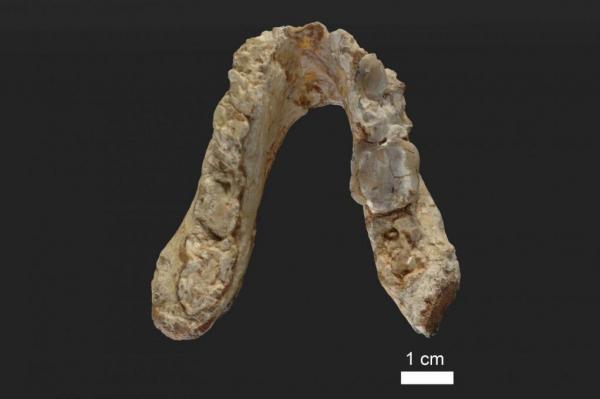
May 22 (UPI) — The earliest human-chimp ancestor — the first pre-human species — originated in the Mediterranean, not Africa, researchers from the University of Toronto argue.
According to a pair of studies published in the journal PLOS ONE, analysis of newly unearthed hominin fossils pushes the human-chimp split back a few hundred thousand years and relocates the beginnings of human history from East Africa to the Balkans.
The fossils, including jaws and teeth, belong to Graecopithecus freybergi. They were found in Bulgaria and Greece. Researchers used computer tomography to create 3D images of the fossils’ internal structure. Images showed the premolars feature fused roots.
“While great apes typically have two or three separate and diverging roots, the roots of Graecopithecus converge and are partially fused — a feature that is characteristic of modern humans, early humans and several pre-humans including Ardipithecus and Australopithecus,” Madelaine Böhme, researcher at the Senckenberg Centre for Human Evolution, said in a news release.
Dating analysis of the fossil sites suggest the teeth are between 7.24 and 7.175 million years old — older than the earliest pre-human species from Africa.
According to geologic evidence, North Africa and the Mediterranean were undergoing rapid environmental changes that may have fueled the emergence of the earliest hominids. Sediment analysis suggests as deserts spread across much of northern Africa, and as the Mediterranean dried, savannah was spreading across southern Europe.
Previous research has linked the emergence of the earliest human lineages with the spread of savannah and its incumbent creatures, including antelopes, gazelles, giraffes and rhinoceroses .
“The incipient formation of a desert in North Africa more than seven million years ago and the spread of savannahs in southern Europe may have played a central role in the splitting of the human and chimpanzee lineages,” concluded Böhme.





